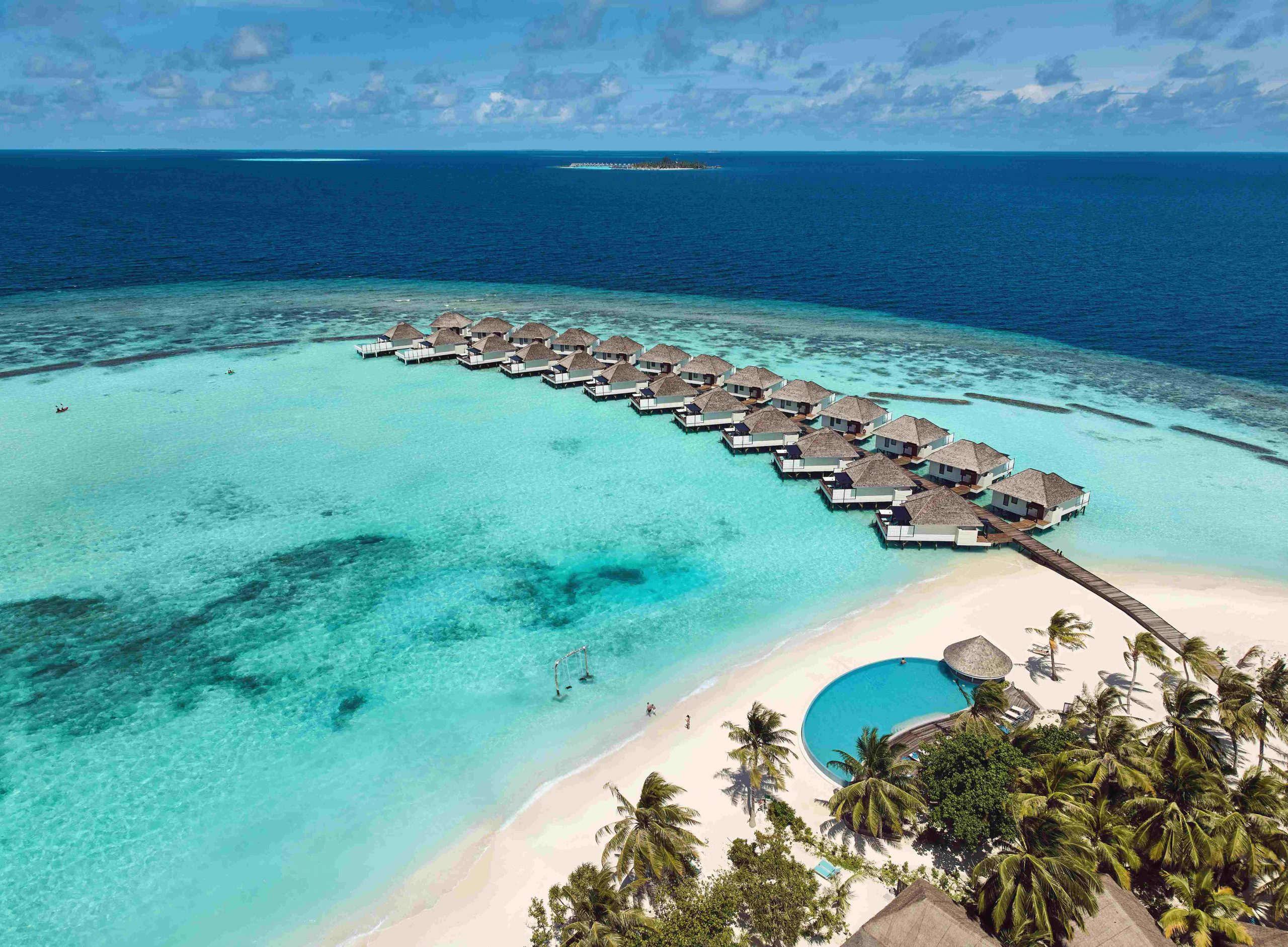Home quarantine is no longer mandatory for tourists returning to the Netherlands after visiting the Maldives.
Tourism Minister of the Maldives, Dr Abdulla Mausoom tweeted that it’s a happy day for tourists from the Netherlands as they would no longer need to home quarantine upon returning to the country.
Thanks #Netherlands.
— Abdulla Mausoom (@Mausoom_Maus) July 29, 2021
With return- home quarantine no longer mandatory for #Maldives holidays from 30th July, it's happy days for tourists from Netherlands.
With 80% of tourist resort staff fully vaccinated Maldives is one of the safest destinations#Holiday2021@visitmaldives
Last week, Abu Dhabi has also added the Maldives to the green list. So, travellers who fly to and from the Maldives will no longer have to self-isolate once they arrive in Abu Dhabi.
Reports on the web also suggest that the United Kingdom might add the Maldives to its ‘amber list’ this month. UK’s next traffic light system review is expected on either 4th August or 5th August.
The Maldives is one of the trendiest destinations in the world. By the end of July 2021, the island archipelago has recorded over 600,000 tourist arrivals. In addition to that, the island nation targets to welcome 1.5 million tourists in 2021.
Feature image by Amari Havodda Maldives







